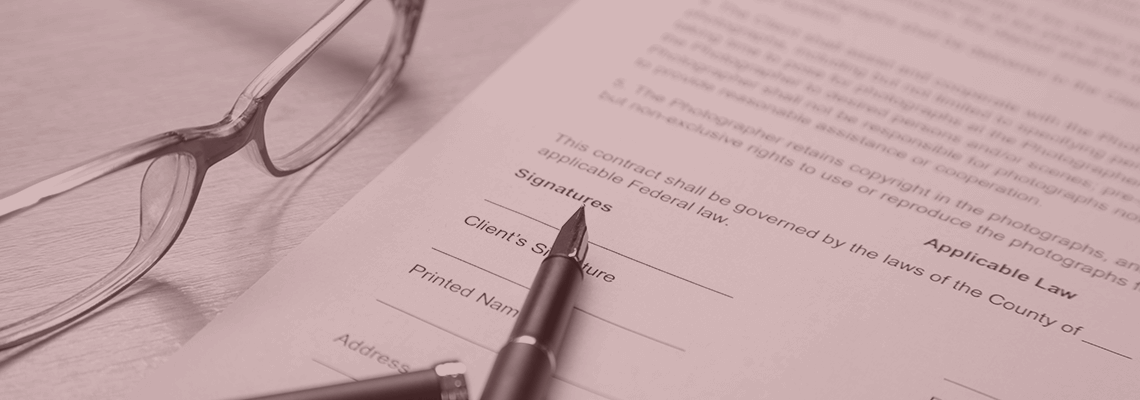
What Texas Business Owners Need to Know About Websites and The ADA
Most private businesses know that they must comply with Title III of the Americans with Disabilities Act (ADA). When business owners think of the ADA and compliance, the things that come immediately to mind are physical accommodations such as wheelchair ramps and handicapped parking spaces. However, there is an increasing number of litigation claims across the nation pertaining to the websites of private businesses and whether those websites are ADA-compliant. The Department of Justice wants the websites of private businesses to comply with web content standards known as Web Content Accessibility Guidelines 2.0 or “WCAG 2.0.”
The Department of Justice and private individuals have had success in suing businesses whose websites do not conform to WCAG 2.0 standards. The typical claims are that the websites are not accessible enough to handicapped people, such as those who are blind. Successful lawsuits have been won on the theory that many websites are places of “public accommodation” which must comply with the ADA just as the physical locations of the businesses, such as a store or doctor’s office, must comply.
What Are the Web Content Accessibility Guidelines?
WCAG 2.0 are guidelines published online by the World Wide Web Consortium (W3C). W3C is an international organization that engages in education and outreach, and develops standards relating to web content. The WCAG 2.0 guidelines were put together to encourage web developers to make online content more accessible to people with disabilities. This could include accommodations in website design that make it easier for text-to-speech software to read a website to someone who is sight-impaired, for instance. Or, providing text alternatives for a website’s music or spoken instructions, to make it accessible for the hearing-impaired.
ADA Compliance on The Internet
The Department of Justice is working on updated regulations regarding exactly what is necessary for websites to comply with the ADA. These regulations would finally provide concrete rules nationwide for what constitutes an ADA-compliant website. But until that happens, lawsuits continue to be filed (and won) even though the law is inconsistent on what is required of business’ websites. This leaves private business owners in a precarious position, without true national guidance on what constitutes an ADA-compliant website under federal law. Different courts and different states have their own opinions on compliance.
The Intersection of The ADA and WCAG 2.0
The language in the ADA does not actually reference WCAG 2.0 or any web content standards at all. Instead, compliance with these website accessibility standards is used as an argument by plaintiffs’ attorneys when trying to convince a judge that a website does or does not rise to the level of accommodation required by the ADA. This is very similar to an attorney arguing that a business was negligent because it failed to conform to industry norms. You might compare this to someone who leans against and falls out of a glass window because the glass used was much thinner than the glass normally used in the construction industry. Here, WCAG 2.0 is “thick glass” and business owners whose websites don’t comply with WCAG 2.0 are made of “thin glass.” When your industry typically uses thick glass, but your business uses thin glass, you’ve left your business vulnerable to increased legal liability. However, since WCAG 2.0 is only used as an example of website good behavior, there is no firm guidance on what level of compliance is necessary. This can be very frustrating to business owners who want to comply with the law but aren’t sure how best to do it.
Civil Lawsuits for Non-Accessible Websites
Many lawsuits have been successfully won and settled based upon alleged website violations of the ADA. In some cases, businesses were not even aware of their possible duty to make websites accessible until being sued. Liability to the businesses include civil penalties imposed by the Department of Justice and damages paid to private plaintiffs. Businesses who want to ensure that their website is in compliance with WCAG 2.0 standards should consider hiring a web programmer who is knowledgeable in the creation and maintenance of websites meeting these standards. Civil penalties imposed by the Department of Justice for just a first violation can be as high as $75,000, and significantly higher for subsequent violations. A business who has been sued for failing to comply with the ADA should immediately hire counsel to represent them in this specialized type of lawsuit.
Cite this article: Lynch, N. (2017). What Business Owners Need to Know About Websites and the ADA. Available: https://www.lynchlf.com/blog/what-texas-business-owners-need-to-know-about-websites-and-the-ada/